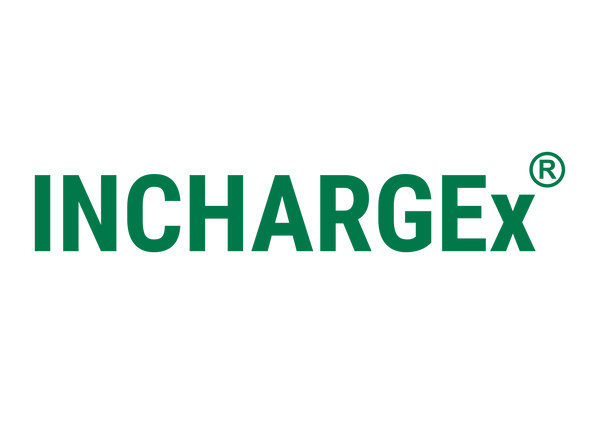BMW i5 Charge Spec and Overview
BMW i5 Overview
The BMW i5 is a large, fully electric sedan that entered the Australian market in 2023. Built on BMW's CLAR ‘flexible drive’ platform, it shares its architecture with both internal combustion and hybrid models of the BMW 5 Series. Available in two electric versions—the i5 eDrive40 and the i5 M60 XDrive—the BMW i5 offers a balance of power, luxury, and technology.
Battery Capacity
BMW i5:
- Gross Capacity: 84 kWh
- Usable Capacity: 81.2 kWh
Energy Consumption (WLTP Test Cycle)
- i5 eDrive40: 15.9 kWh/100 km
- i5 M60 XDrive: 18.2 kWh/100 km
AC Charging Max Rates (1-phase and 3-phase)
- Single-phase (7.4 kW max): Charging time from 0 to 100% is approximately 8.5 hours.
- Three-phase (11 kW max): Charging time from 0 to 100% is approximately 4.25 hours.
- Optional 22 kW three-phase: Available to reduce charging time further.
DC Fast Charging
The BMW i5 supports DC fast charging using the CCS2 connector:
- Max DC Charging Speed: 205 kW
- Charging from 0 to 80% in approximately 34 minutes
Approximate Charging Times
| Charging Method | i5 eDrive40 & M60 XDrive |
|---|---|
| 10A Powerpoint | 25.5 hours |
| 15A (Caravan Outlet) | 17 hours |
| 32A (1-phase Home) | 8.5 hours |
| 11kW (3-phase) | 4.25 hours |
| DC Fast Charging 50kW | 1 hour |
| DC Fast Charging 205kW | 34 minutes |
Performance
-
Max Power:
- i5 eDrive40: 250 kW
- i5 M60 XDrive: 442 kW
-
Acceleration (0-100 km/h):
- i5 eDrive40: 6.0 seconds
- i5 M60 XDrive: 3.8 seconds
Dimensions and Towing Capacity
- Length: 5060 mm
- Width: 1900 mm (doors)
- Width (mirrors out): 2156 mm
-
Ground Clearance:
- i5 eDrive40: 146 mm
- i5 M60 XDrive: 136 mm
- Boot Volume: 490 L
-
Towing Capacity:
- i5 eDrive40: 1500 kg (braked)
- i5 M60 XDrive: 2000 kg (braked)
Disclaimer
The information provided above is intended as a general guide only. While every effort has been made to ensure the accuracy of the data, we do not guarantee its accuracy or completeness. Specifications and charging times may vary based on several factors, including vehicle configuration, environmental conditions, and the type of charging infrastructure available. Please confirm with the vehicle manufacturer for the most up-to-date information before making any decisions or purchases.
Blog posts
View all-

2026's Hottest EV Launches in Australia: Unlock...
Did you know affordable EVs like the Geely EX2 could hit Aussie roads under $25,000 this year, making electric driving cheaper than ever? But with vast distances Down Under, range...
2026's Hottest EV Launches in Australia: Unlock...
Did you know affordable EVs like the Geely EX2 could hit Aussie roads under $25,000 this year, making electric driving cheaper than ever? But with vast distances Down Under, range...
-

Australia's EV Bargain Hunt: Geely EX2 Arrives ...
Did you know Australia's EV market is exploding with affordable options like the Geely EX2, potentially landing under $25,000 and undercutting rivals like the BYD Atto 1? With sales surging...
Australia's EV Bargain Hunt: Geely EX2 Arrives ...
Did you know Australia's EV market is exploding with affordable options like the Geely EX2, potentially landing under $25,000 and undercutting rivals like the BYD Atto 1? With sales surging...
-
Unlock Bidirectional EV Charging: Power Your Au...
Imagine your EV not just getting you from A to B, but powering your home during a blackout or slashing your energy bills? With new bidirectional chargers launching across Australia,...
Unlock Bidirectional EV Charging: Power Your Au...
Imagine your EV not just getting you from A to B, but powering your home during a blackout or slashing your energy bills? With new bidirectional chargers launching across Australia,...
-

Unlock Australia's Outback: How Portable EV Cha...
Did you know nearly two-thirds of Aussie towns don't have a public EV charger within 5 km? Don't let that stop your adventures—portable chargers are flipping the script on range...
Unlock Australia's Outback: How Portable EV Cha...
Did you know nearly two-thirds of Aussie towns don't have a public EV charger within 5 km? Don't let that stop your adventures—portable chargers are flipping the script on range...




